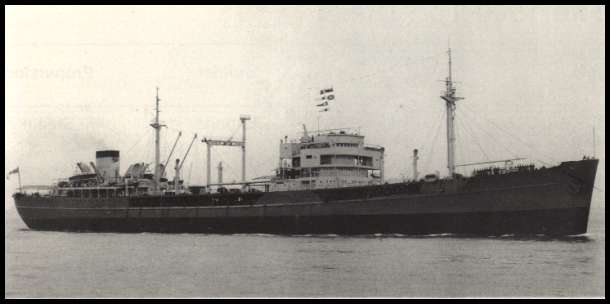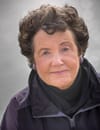A Warship for Que Que?

HMS Bulawayo
A Warship for Que Que?
It was, in the words of Thomas Pakenham, “perhaps the central paradox of British imperialism, that the British taxpayer was too absentminded to pay for the expansion of the empire. Hence the governments of the day (Tory or Liberal) left it to a handful of rich amateurs in which they had singularly little confidence”. Brash amateurism had a very long run in Rhodesia, and is probably why ex-Rhodesians are seldom warmly received to this day, especially by elites who have worked only too hard for their own status in the world.
A Warship for Que Que?
Rhodes did very well acquiring territory, but he didn’t manage to make a deal with the shareholders of the Mozambique Company in 1891. His alternative, ‘action on the ground’, an advance on the Portuguese port of Beira after a skirmish at Massikessi, when the Portuguese force fled, ran up against the Portuguese claims to the coastline firmly established by earlier Anglo Portuguese treaties. Rhodesia, like the Transvaal, was to be landlocked.
Finnish Johan Osterlund, known to everyone in Que Que as John Austen, had gone to sea at the age of fifteen, finally making his way to South Africa. He had Anglicized his name along the way on the advice of the ship’s captain; thereafter he was a great Anglophile. He arrived in East London along with two friends with a shilling between them. They headed to the Kimberly diamond fields, but he moved on to Southern Rhodesia and Que Que in 1894, Que Que’s very beginning. That is where he made his fortune.
Near the end of his life, he sent Finland a donation of two hundred and fifty pounds towards the Finnish cause in the Winter War. But after Finland turned co-belligerent with Nazi Germany in the Continuation War in 1941 the ‘grand old man’ of Que Que left more than half his fortune to the British government to help with the building of a warship for the Royal Navy.
A German one-stop replenishment ship, the Nordmark, was boarded by British troops on May 9th, 1945 in Copenhagen. It was refitted by the Royal Navy. It could carry around 10,000 tones of fuel, 306 tons of lubricating oil, 200 tons of ammunition and 29,000 cubic feet of Naval Stores, 4,189 cubic feet of victualing stores and had freezer holds besides copious refrigerator space for support of German Navy ships and submarines at sea. At one time she remained at sea for two hundred and twelve days steaming over thirty three thousand miles.
In 1947 the Nordmark was renamed in honor of John Austen’s contribution and in recognition of Southern Rhodesia’s war effort. John had requested the ship’s name be associated with Que Que, such as the HMS Sebakwe. It was rejected for phonetic reasons in radio communications. HMS Bembezaan would have been appropriate: two of his estates, the Woodlands and Matchabel, bordered this river, but like all southern African rivers they were far from navigable (even by canoes most of the year). HMS Bulawayo was as close as the Royal Navy could accommodate. King George VI approved. She was the first of her kind to fly the White Ensign. The city of Bulawayo got the kudos! The city presented a trophy annually to the most efficient replenishment ship in the Royal Navy. The ship was decommissioned in 1950 and scrapped five years later.
After UDI in 1965, an oil embargo was imposed on Rhodesia. An oil tanker on its way to Beira was intercepted by a British gunboat and never landed its cargo. Henry Kahn ran the Rhodesian office of Leo Raphaely, the well known South African supply company. He was the son of Barney and Dora Kahn, on the Gaika Mine, who were the general dealers of men’s socks and shoes as well as livestock and grain, wagons and Scotch carts alongside their butchery that specialized in fresh soles, haddock and kippers. They owned Que Que’s first Cadillac.
Rhodesia’s lack of a port should have been a constant reminder that Victorian dash could not prevail against British governments’ adherence to legality.
